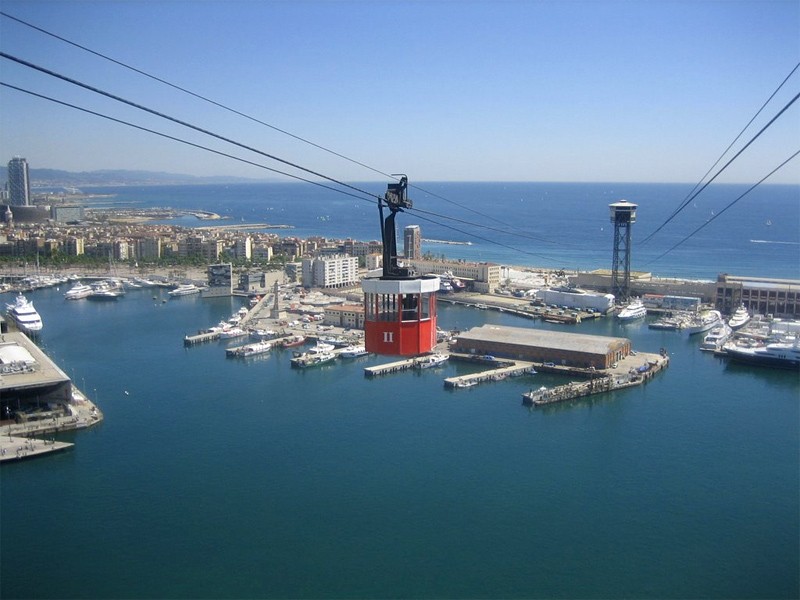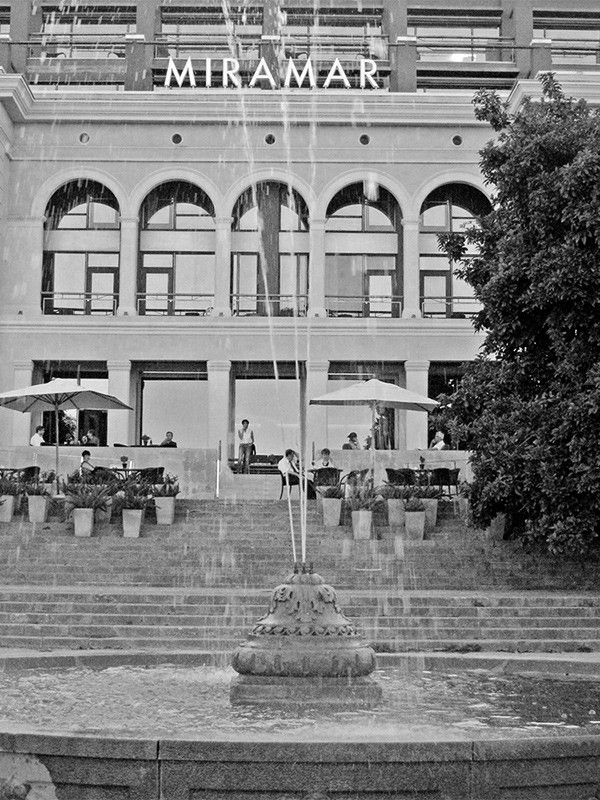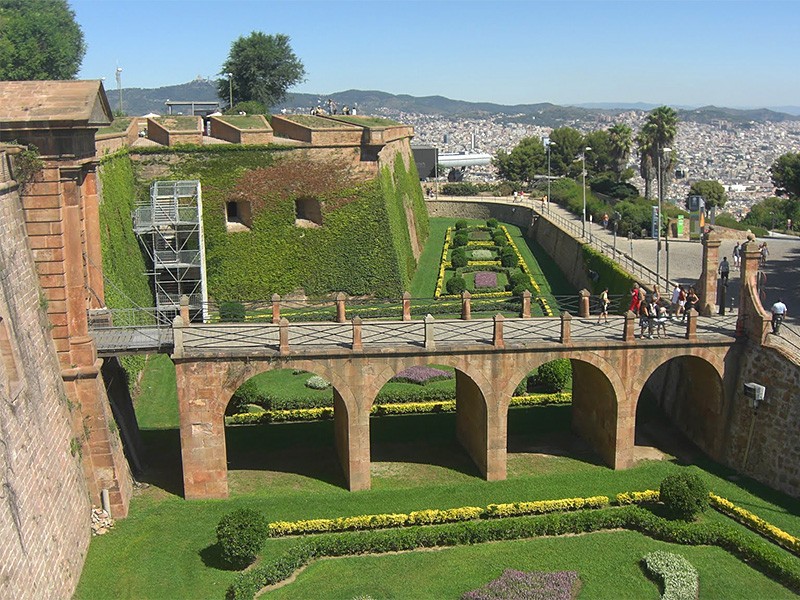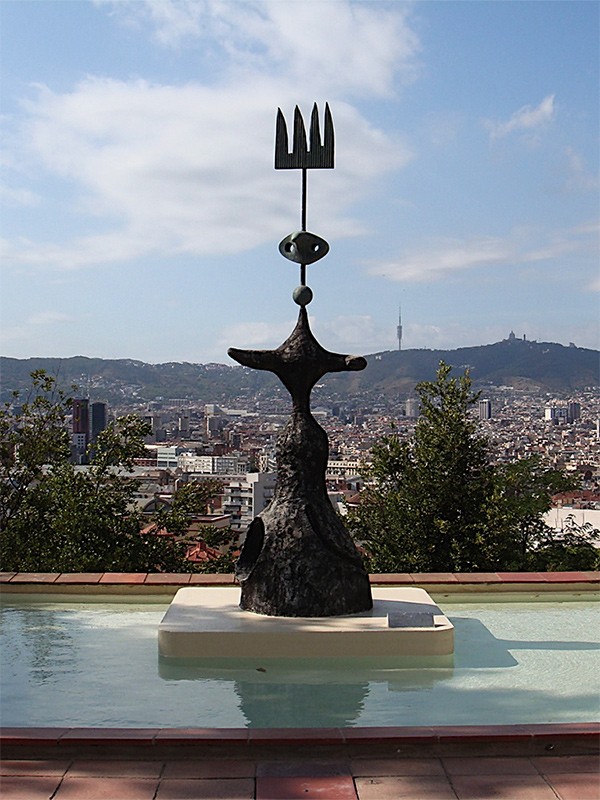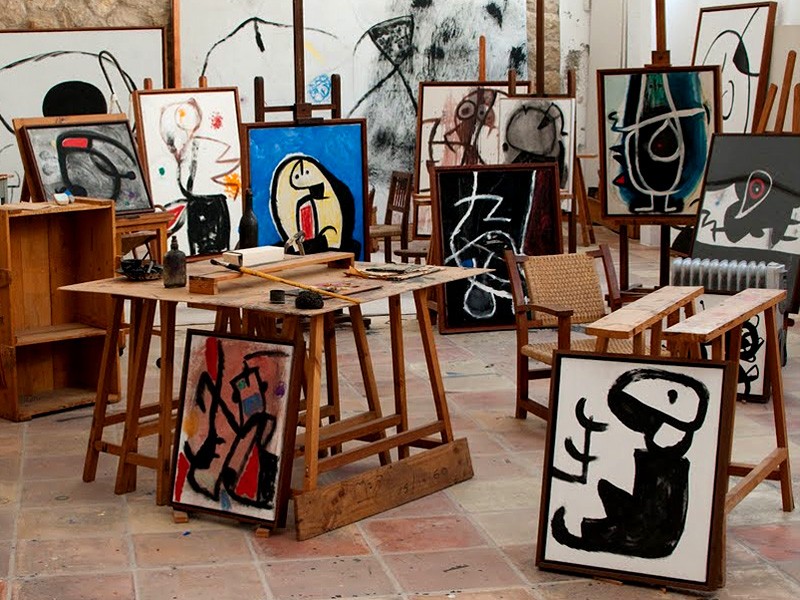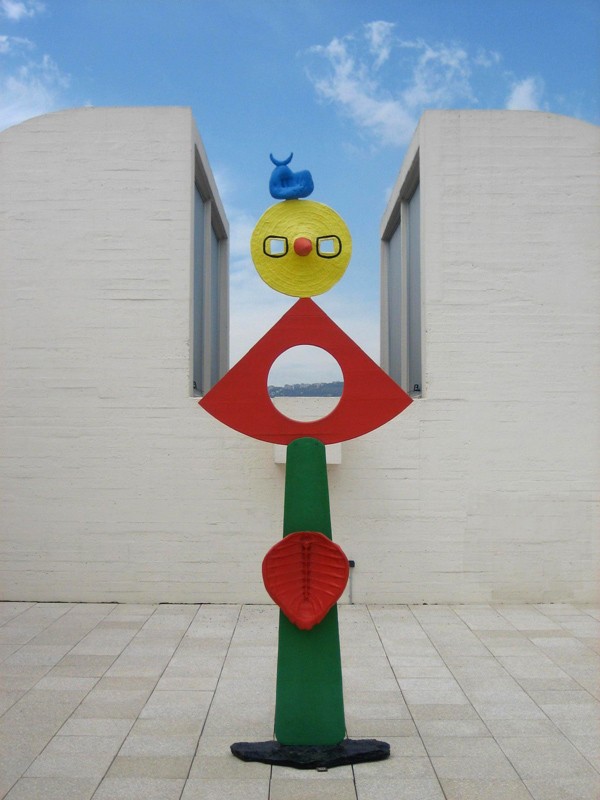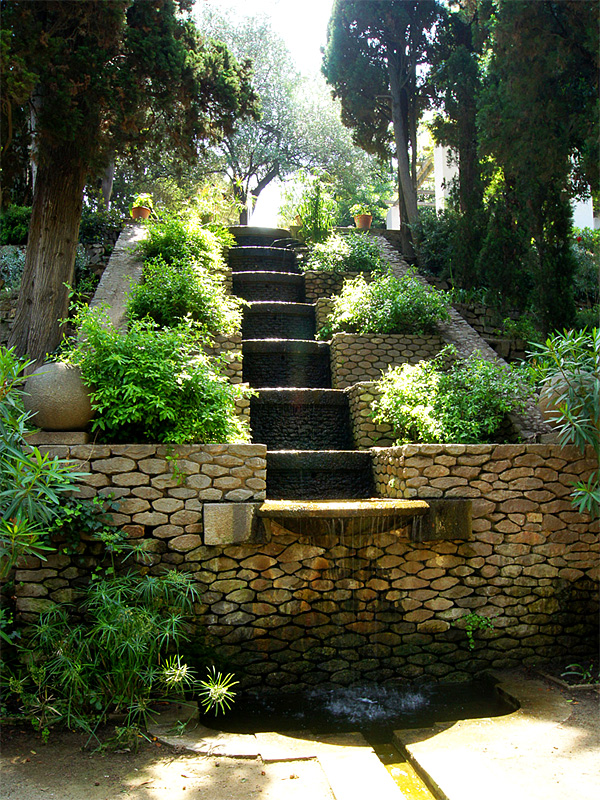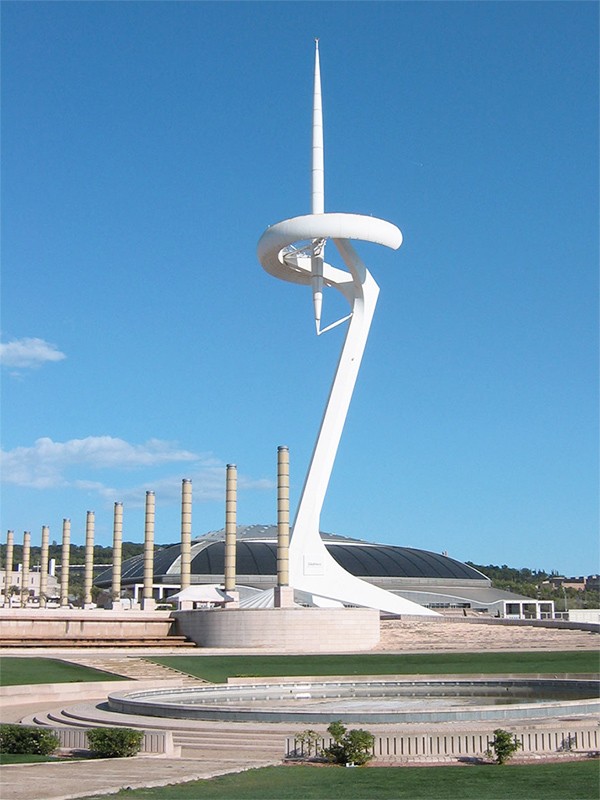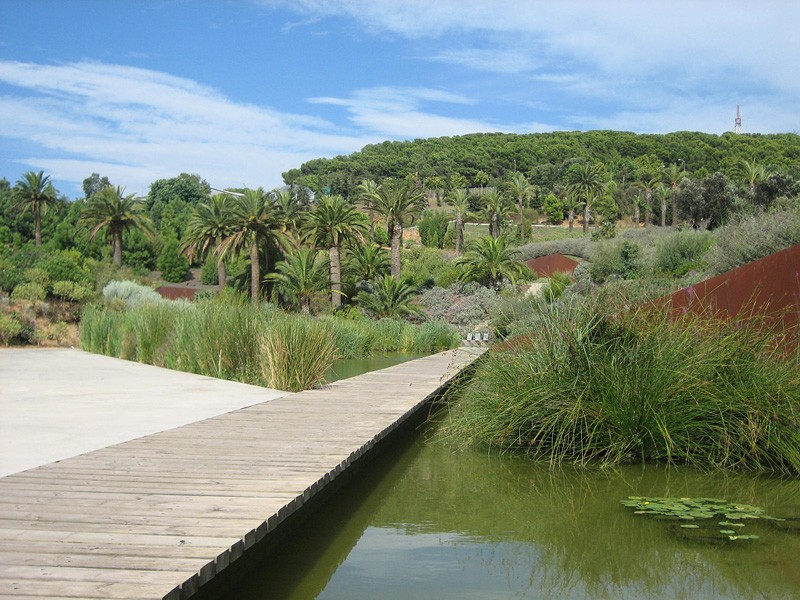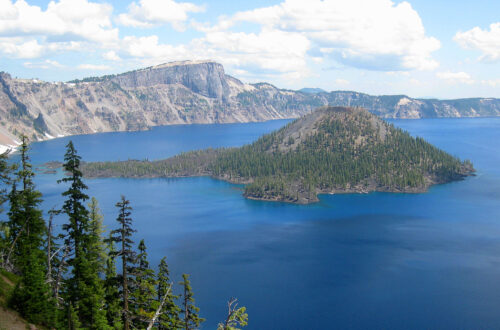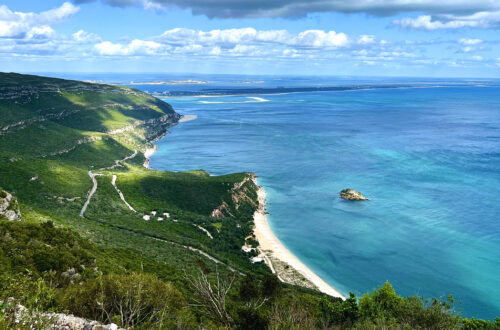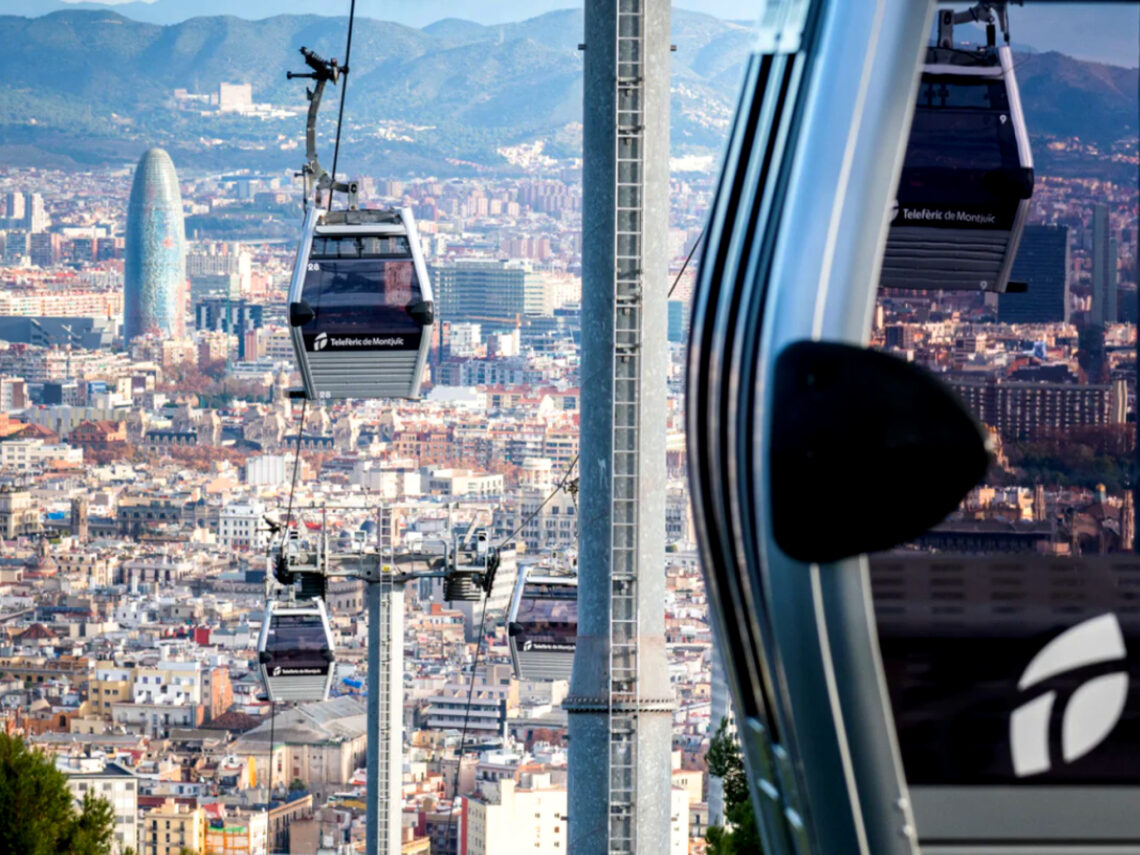
Parc de Montjuïc, Barcelona, Spain (Part 1)
Parc de Montjuïc spans an ancient hill overlooking the southern edge of the port of Barcelona. It is the city’s largest public space and is filled with more than a day’s worth of sites to see and explore. Yet, like Barcelona’s very own Xanadu, it also provides a scenic and serene escape from the hustle and bustle of urban life.
Your visit to Montjuïc should start with an adventure on the Telefèric del Port – an aerial tramway that dangles over the port as it shuttles passengers up the eastern slope of Montjuïc. You can catch the tram at Torre Sant Sebastià next to Barceloneta beach or Torre Jaume I on the Barcelona pier near the World Trade Center. Both lead to the Miramar station, at the foot of the famed Hotel Miramar. It’s important not to confuse the Telefèric del Port with the Telefèric de Montjuïc, which is a separate tramway that connects the Funicular de Montjuïc with Castell de Montjuïc.
Speaking of the Telefèric de Montjuïc, a short walk west along Avinguda de Miramar will put you at the tramway’s lower station, where you can catch a ride up to the castle, which crowns the highest point of the hill. Castell de Montjuïc was first constructed in 1640 and its fortifications were used through several battles and revolts, and later as a military prison. In 2007, the structure was turned over to the Barcelona City Council and is used today for cultural activities. As one of the oldest structures on Montjuïc, it’s a great place to start your tour of the hill…and it also offers some spectacular 360° views of the city, mountains, and sea.
From the castle, you can make your way back down to Avinguda de Miramar, either by funicular or by foot, and head over to the Fundació Joan Miró. Following Miró’s first large exhibition in Barcelona in 1968, several figureheads began a movement to create a space dedicated to the Catalan surrealist’s work. Just a few years later in 1975, the Joan Miró Foundation opened its doors to the public. Housed in a flowing Mediterranean-style building designed by famed architect Josep Lluís Sert, the collection showcases over 14,000 contemporary pieces of art. At the behest of Miró, the foundation also has a space dedicated to the promotion of lesser-known contemporary artists. You will undoubtedly need some time to explore the thousands of sketches, drawings, paintings, and textiles on display. And be sure to check out the sculpture courtyard on the roof.
After exploring the halls of the Miró Foundation, you’ll have probably worked up an appetite. A quick stroll through the Jardins de Laribal will lead you to La Font Del Gat, a gem of a lunch spot open Tuesday through Sunday. Order from the Catalan-inspired menu and soak up the sun while dining on the terrace, which is surrounded by orange trees and harmonious greenery.
When you’re ready to continue your tour of Montjuïc, make your way back to Avinguda de Miramar, which will change names and become Avinguda de l’Estadi (a hint for the next point of interest). Anella Olímpica, or Olympic Park, is where most of the excitement occurred during the 1992 summer games. Some of the major edifices you can see and explore are the Olympic Stadium (Estadi Olímpic Lluís Companys), the Palau Sant Jordi sports complex, the Samarach Olympic and Sports Museum, the Picornell swimming pools, and perhaps the most striking of all, the telecommunications tower designed by Valencian architect Santiago Calatrava. The tower stands 447 feet high and acts as a giant sundial, projecting its shadow on the adjacent Plaça d’Europa.
The next site is optional but highly recommended – the Jardí Botànic de Barcelona. Situated behind Olympic Park, the Barcelona Botanical Gardens are open year-round, featuring seasonal vegetation from the world’s five Mediterranean Climate regions – California, Chile, South Africa, Australia, and of course, the Mediterranean Basin. Each year, new plantings are rotated in, making for a dynamic and ever-changing collection of flora. Take some time to roam the gently sloped paths and enjoy getting lost in this enchanted corner of Montjuïc.
By this point in the day, you’ll probably be exhausted. If you have some energy left in you, continue on to the next series of sites on Montjuïc, all built for the 1929 International Exhibition. If you’ve had enough for one day, follow Avinguda de Miramar in the opposite direction back to the lower station of the Telefèric de Montjuïc. Here you can catch the funicular, which will bring you down to the Paral•lel metro station, where you can access the L2 and L3 lines.
(Last visited in August, 2006)




